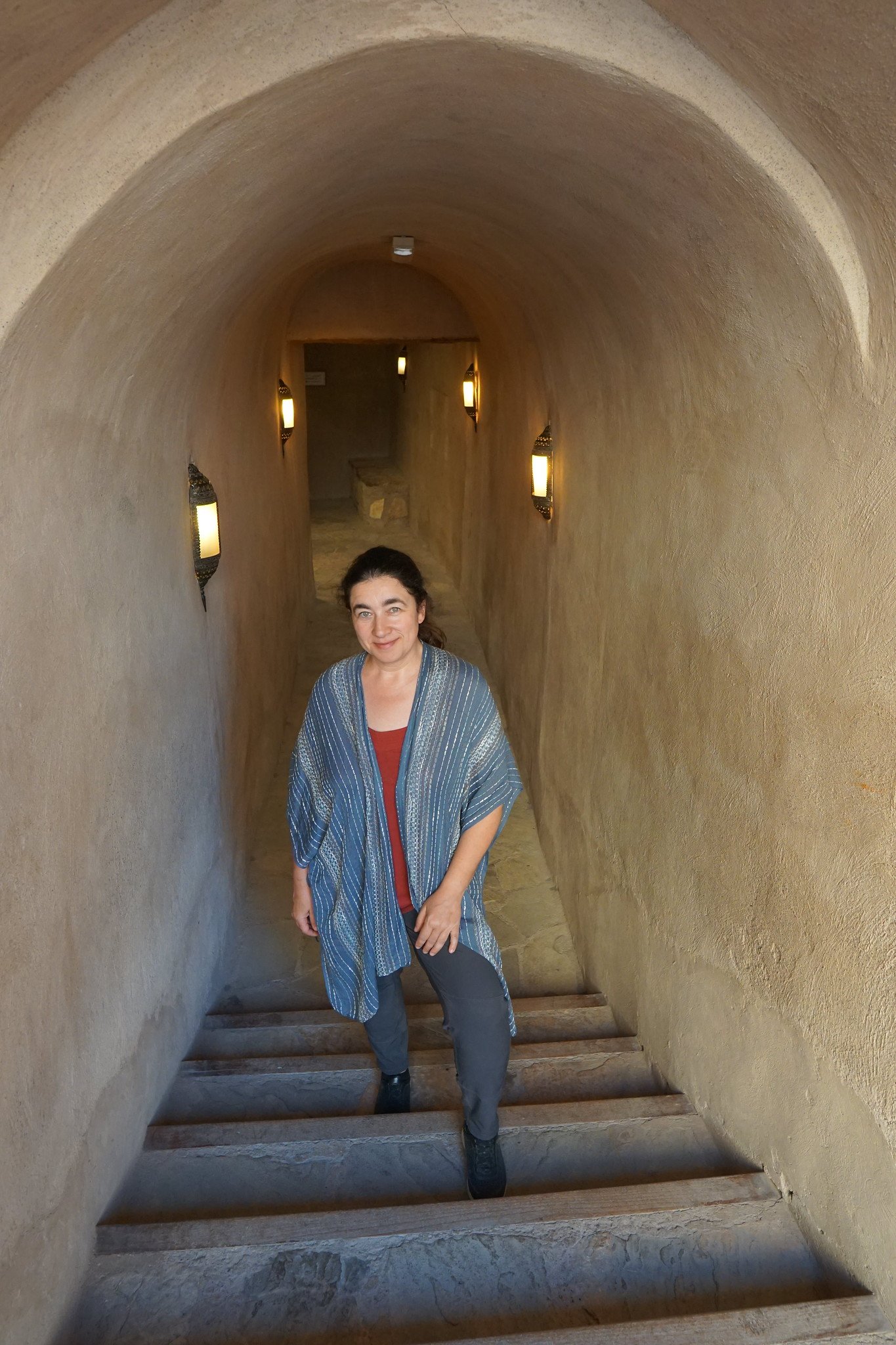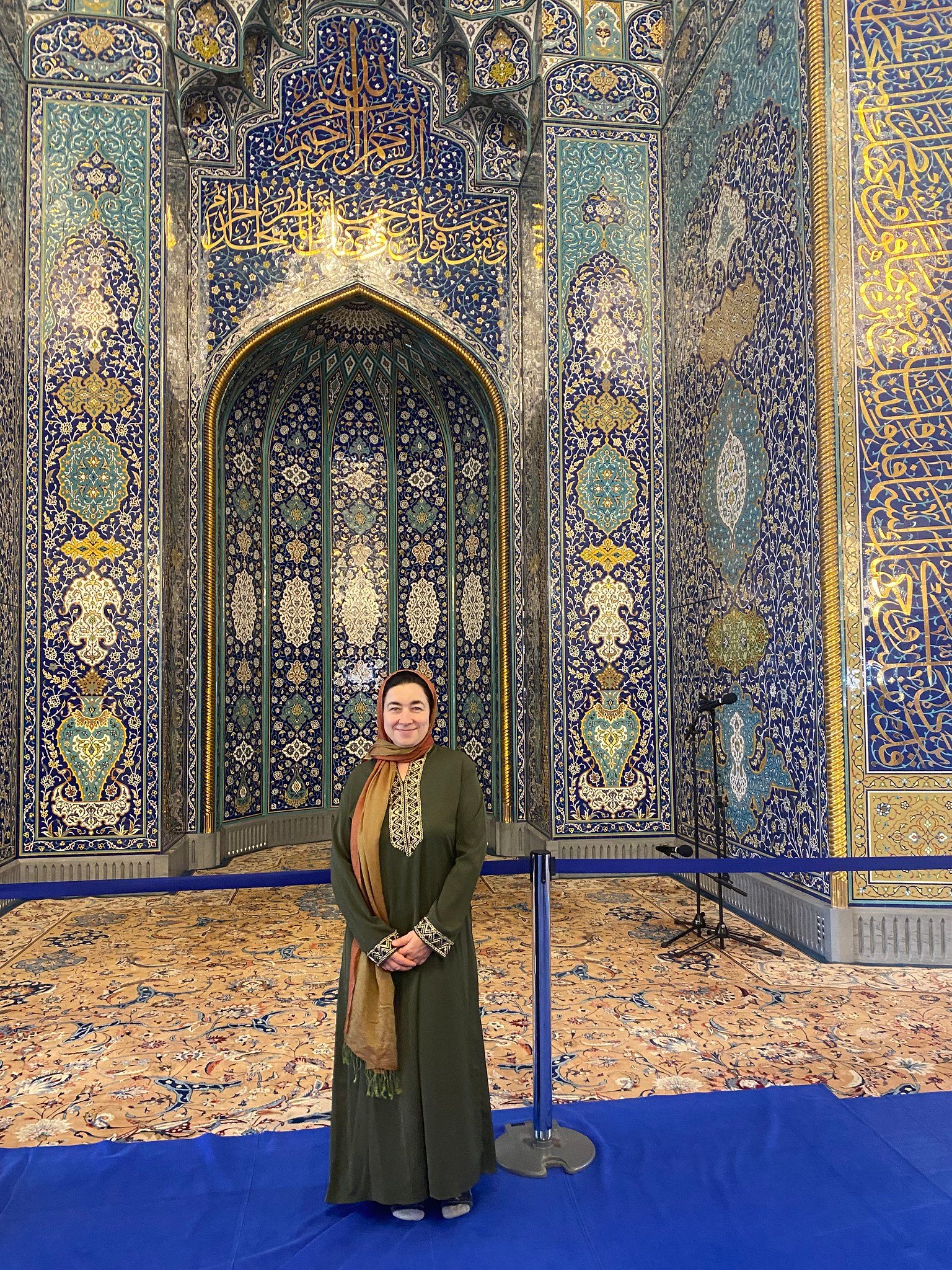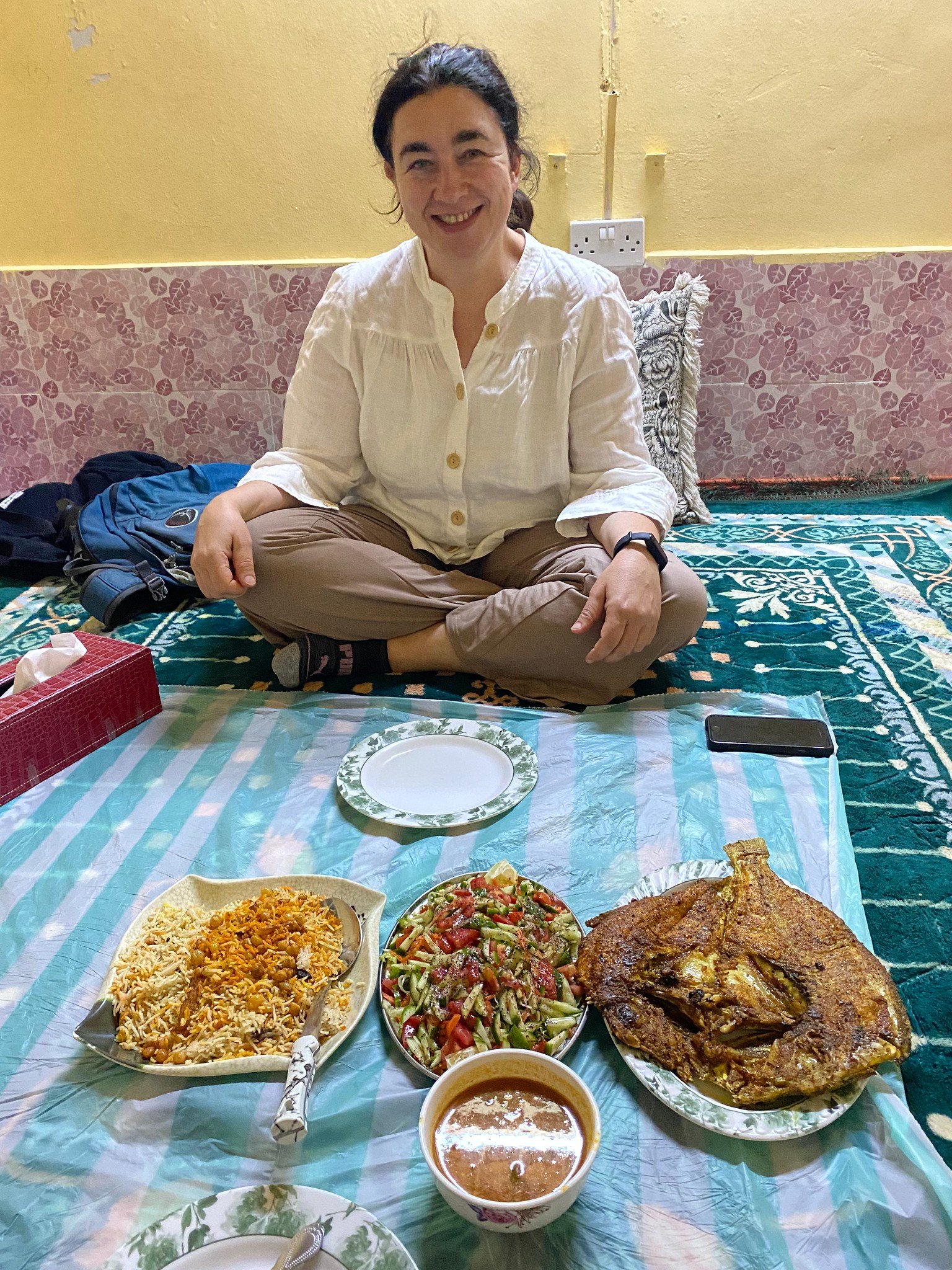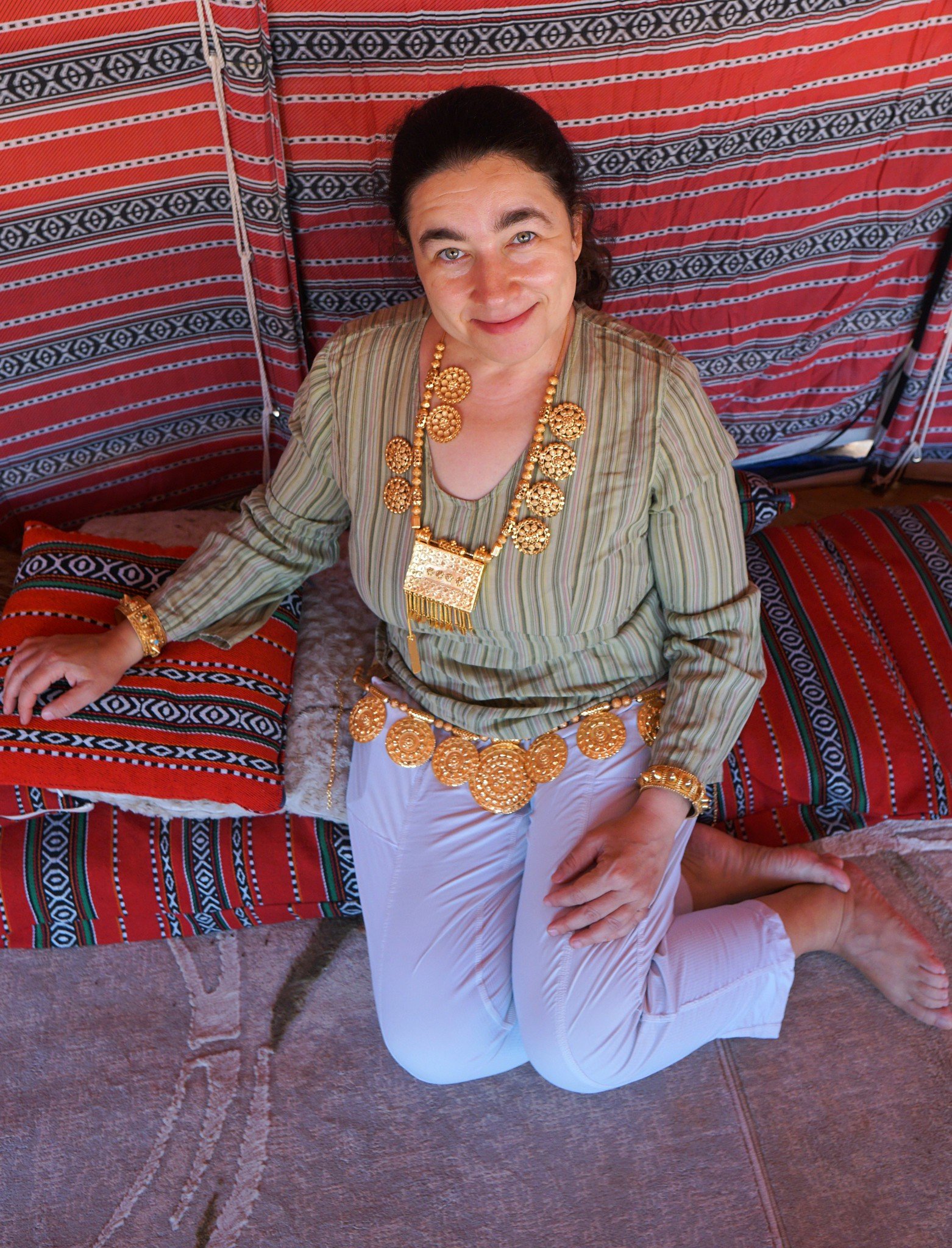Back in 2011, when we were preparing to visit Egypt, it never even occurred to me that this would not be an average trip. And I am not just talking about ending up in the middle of the Arab Spring with violent and deadly protests happening three blocks away from our Cairo hotel. We were still relatively inexperienced travelers back then, having mostly ventured out only into Westernized European and Canadian cities. And so, I prepared for Egypt the same way I did for any other trip by that point – researched what the weather was most likely going to be and packed appropriately. Except, it very quickly became apparent that I had packed extremely inappropriately for the culture I was visiting.
My backpack was full of t-shirts and shorts, while Egyptian women dressed conservatively by covering their elbows and knees, and often their hair. We researched the tourist sites, but not the traditions of the region we were visiting, and I ended up sticking out like a sore thumb. On our first day in Cairo, Victor told me that young men were following us and discreetly taking pictures of me with their flip phones. It was clear my exposed elbows were causing quite a stir on the street. While I wasn’t outwardly harassed during our trip, I was constantly stared at and photographed.
Back then, I didn’t give it much of a thought. This is how I usually dressed, and I didn’t see any reason to change just because I wasn’t home. Now, after twelve more years of travel, I have different ideas. When I am in a foreign country, I am a guest, and I should abide by the rules of the local land. I am not there to make a political statement or show off my lifestyle; I am there to experience, learn, and participate in their culture, even if it means that I need to change my entire travel wardrobe. And that is exactly what happened before our trip to Oman.

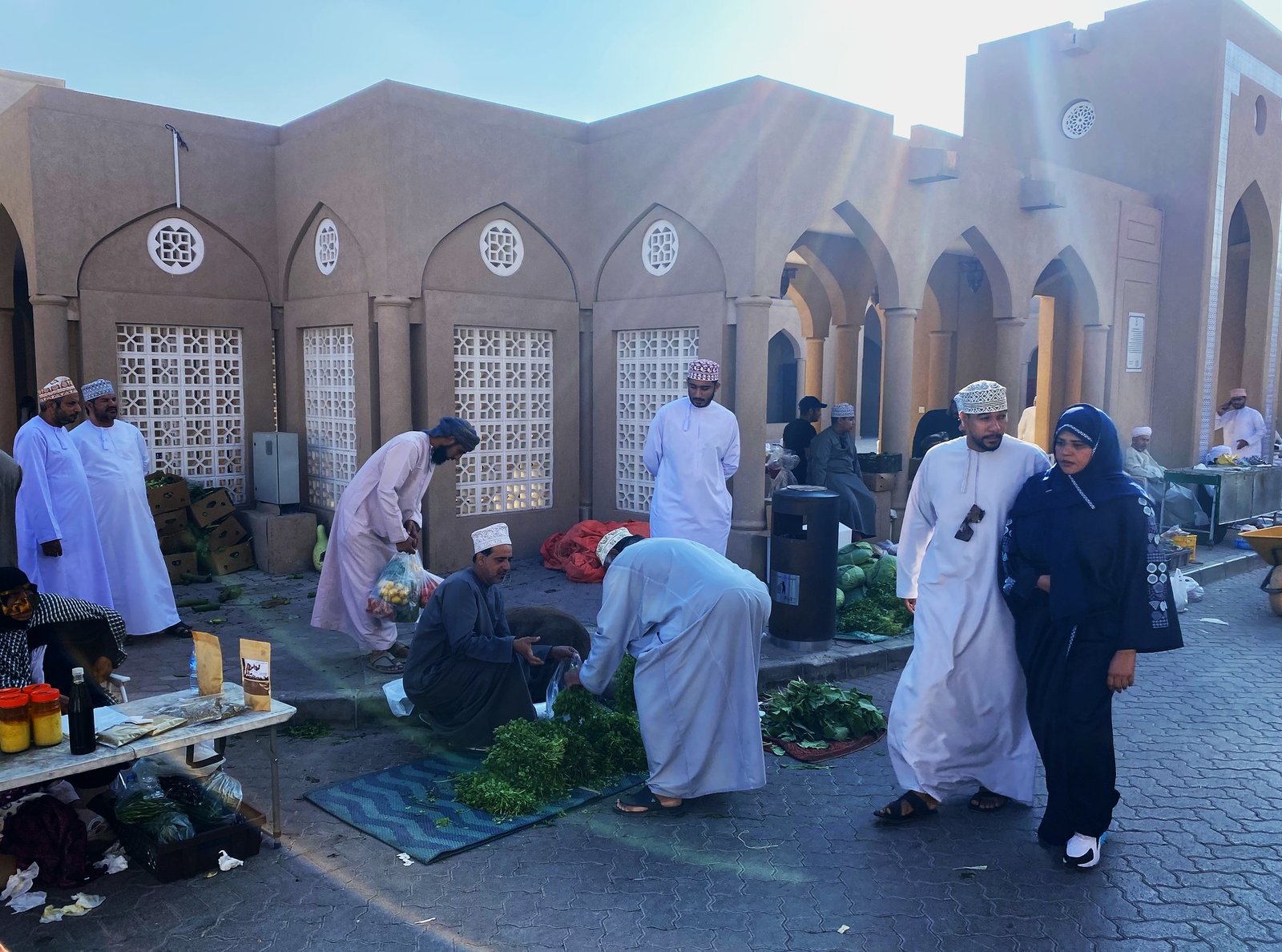
Oman was going to be our first Gulf Country, and we had no idea what to expect. My online research was not very helpful and full of contradictory information. Some travelers claimed that t-shirts and shorts are fine in Oman, others stated that all visiting women should cover elbows and knees and wear loose-fitting clothes. Everyone agreed that while Omanis will never harass tourists over inappropriate dress, you might make locals (especially outside of Muscat) uncomfortable.
I decided to err on the side of caution and went shopping for wide-legged pants, long-sleeved tunics, hair-covering scarves, light shawl wraps to throw over t-shirts to cover elbows, and even one long abaya-type dress to visit mosques. Every store I visited had racks full of butt-hugging yoga pants, tight t-shirts, and revealing tops. It was quite a feat to find full-coverage summer clothes in the middle of winter in Chicago, where the current fashion is to show off as much skin as possible. And all of this on top of the fact that I absolutely despise clothes shopping, never keep up with current fashion trends, and only feel at ease in my usual comfort wear of t-shirts and jogger pants.
Modeling my new outfits in front of a mirror, I felt like I was looking at a stranger in my own reflection. I was very hesitant about this drastic fashion change, but Victor kept telling me all the clothes looked fine and by this point, I had no choice but to believe him. And so, I packed the tunics and flowy pants and hoped for the best.
Once in Oman, I quickly realized that if I hoped to blend in with the locals, this was never going to happen. Local women overwhelmingly wore long black dresses called “abaya” over their clothes with a hair-covering hijab. But, at the very least, I didn’t look inappropriate as not a single Omani gave me a second glance, which was a giant relief. It took several days of traveling through the country and meeting several “provocatively” dressed tourists for me to realize that Omanis in general do not stare at women who are strangers to them, no matter what they are wearing.
In Muscat, while we were walking through an outdoor market, I noticed a European woman ahead of me, wearing a long skirt that fully covered her arms and legs. I poked Victor and pointed her out, “Look, I am not the only one who prepared for this!” Just then, she turned around to reveal that the dress had a close-fitting bodice with an extremely low neckline, revealing most of her breasts. The thing was, while she walked ahead of us, there were absolutely no clues from people heading towards us that anything was amiss. No one gave her a second glance, and certainly no one stared or took pictures. This was quite a turn from what we experienced in Egypt, where all I had on display were just my elbows.
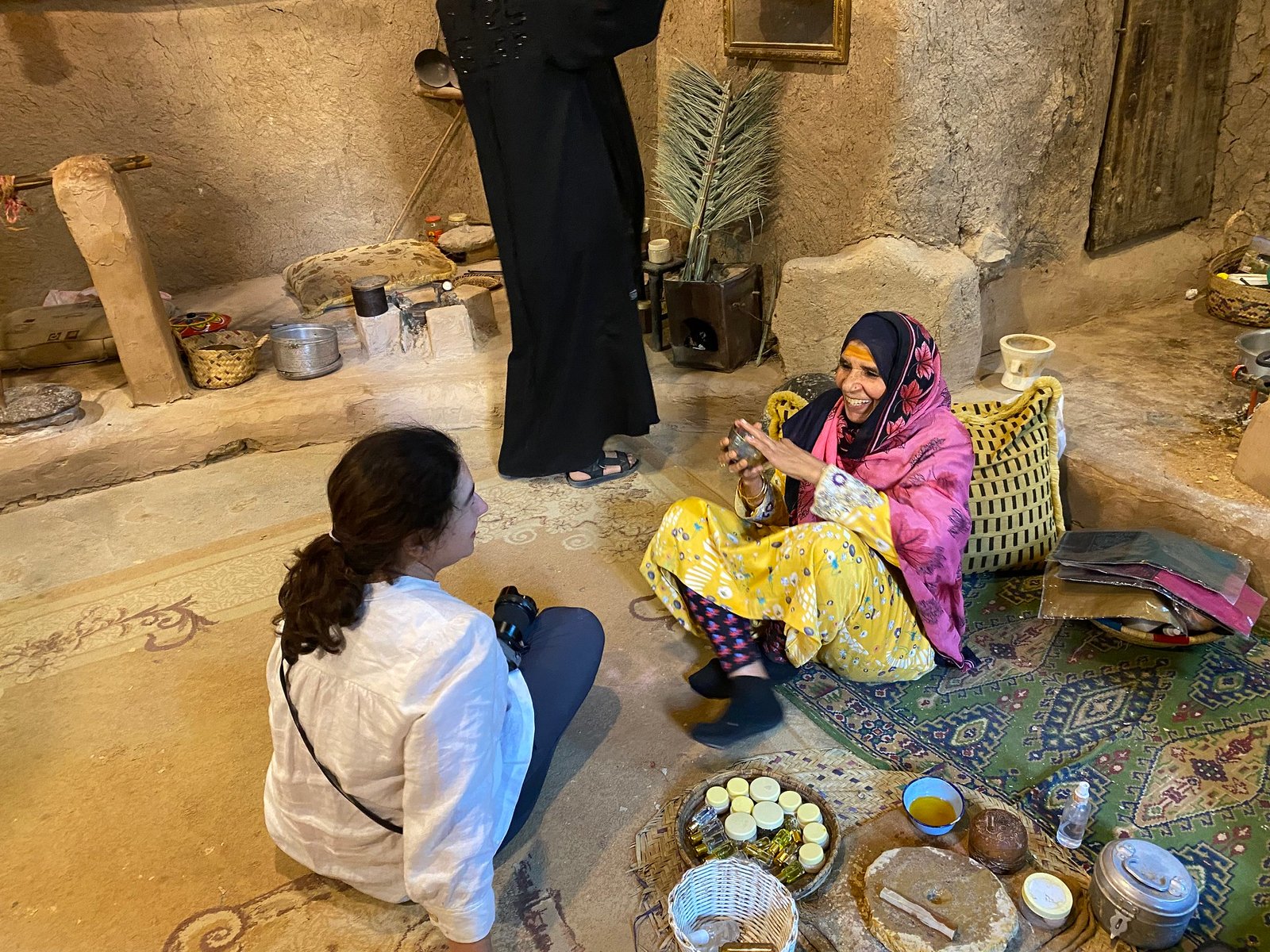
Another interesting note about local fashion is that Omani women rarely buy ready-made clothes and prefer to get everything tailored. Every town we visited, no matter how small, had multiple “Ladies Tailoring” shops on the main street, filled with colorful fabrics and examples of intricate dresses. It was our only chance to see what is usually worn under the simple abaya. I wish I had a chance to see an indoor all-female gathering, where women have a chance to literally “let their hair down” and take off their abayas, but it was not possible for a tourist.
I still think adjusting my wardrobe was the right thing to do, even if no Omani was ever going to make me feel uncomfortable over exposed knees or elbows. Interestingly enough, the same clothes that felt weird while I modeled them in front of the mirror at home, look fitting and suitable in the photographs with a desert, a sand-colored castle, or an Arabic-style floor cushion for a background.
And just a quick side note about male fashion, Victor mostly wore pants, but plenty of male tourists walked around in shorts. As mentioned in the previous post, Omani men wear long white dishdashas and round caps known as kummah.

More posts about Oman coming up!
